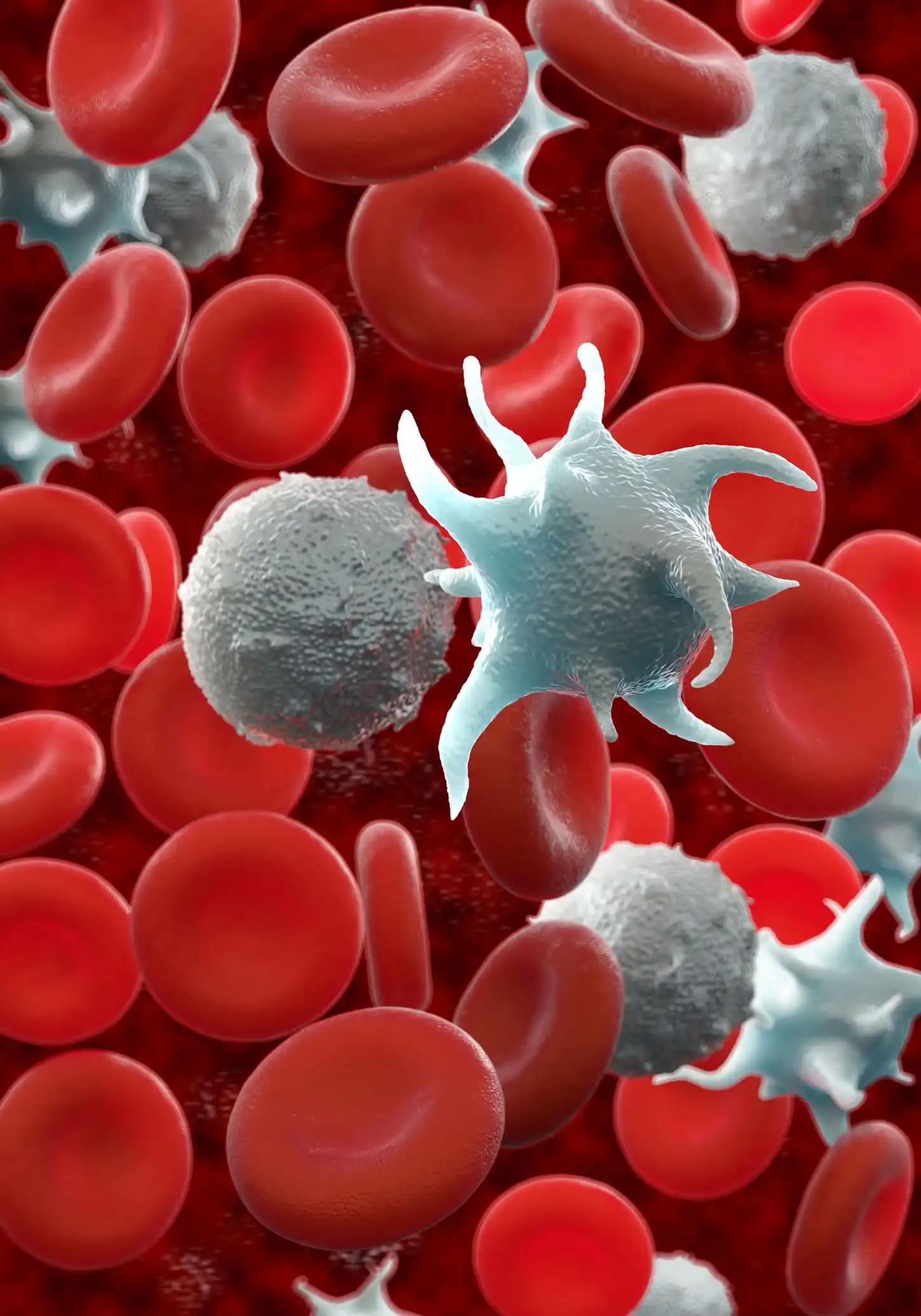KEY TAKEAWAYS
- The SIERRA Phase 3 trial evaluated the efficacy of Iomab-B-based conditioning followed by HCT compared to the physician’s choice of conventional care in patients ≥55 years with active R/R AML.
- The trial demonstrated that Iomab-B-based conditioning with HCT resulted in rapid engraftment and high initial complete remission (CR)/CR with platelet recovery (CRp) rates and a favorable toxicity profile.
- The majority of patients who achieved durable CR (dCR) are long-term survivors, in whom overall survival (OS) and event-free survival (EFS) were statistically significant.
- Iomab-B-based conditioning and HCT resulted in statistically significant improvement in the pre-specified primary endpoint of dCR.
- Iomab-B-based conditioning provided access to HCT with curative potential in a vulnerable patient population traditionally not considered eligible for HCT and was well-tolerated, with lower rates of sepsis compared to conventional care HCT.
Most people with R/R AML are ineligible for an allogeneic hematopoietic cell transplant (HCT). Using its anti-CD45 radioimmunoconjugate, Iomab-B (131I-apamistamab), to target hematopoietic cells with high-dose radiation therapy is a promising new approach. The SIERRA trial is a prospective, randomized, controlled Phase 3 study comparing the rate of dCR at 6 months (mos) after CR/CRp between two arms: Iomab-B based conditioning followed by HCT vs. physician’s choice conventional care (CC).
Patients (Pts) younger than 55 years old with active R/R AML were randomly assigned (1:1) to either CC or Iomab-B with fludarabine and total body irradiation (2 Gy) followed by HCT. Patients with CC who reached CR were given the option of physician-selected conditioning or HCT. If a patient cannot achieve CR with their current treatment, they may be eligible for a crossover (CO) to Iomab-B-based conditioning followed by HCT. Between days 28 and 56 after HCT or therapy initiation, CR/CRp was evaluated in the CC group. Six months after achieving initial CR/CRp, Pts were evaluated for the primary endpoint of dCR.
Qualitative characteristics at baseline were comparable between groups. Around 61 percent of patients had previously been unsuccessful with targeted therapies before enrollment; 66 percent were treated with venetoclax. HCT occurred in a median of 29 days for patients on the Iomab-B arm and 66.5 days for those on the CC arm (CC patients with CR/CRp). In contrast to the CC group, all pts who received the therapeutic dose of Iomab-B (n=66) underwent HCT. Patients in the Iomab-B arm were more likely to achieve initial CR/CRp (74.6%) than those in the CC arm (64%), with a total of 44 (of 59 evaluable patients) doing so. Regarding long-term CR, the rate was 22% versus 0% (95% CI, 12.29 to 34.73; p< 0.0001).
Patients who received Iomab-B based conditioning followed by HCT had a median overall survival (OS) of 6.4 months, while non-CO pts on the CC arm only had a median OS of 3.2 months. When comparing the CC cohorts with and without CO, the median OS for the former was 7.1 months, and the latter was 3.2 months (HR=0.51; 95% CI [0.31, 0.85]; p=0.0078). Patients who received Iomab-B in combination with HCT and achieved dCR (n=13) had a 92% OS at 1 year and a 60% OS at 2 years. At 6 months, the EFS for those receiving Iomab-B was 26 percent versus 2 percent for those receiving CC (HR=0.22; 95% CI [0.15, 0.34]; p<0.0001). The safety profile of HCT after Iomab-B conditioning was positive (Table 2), and patients who received Iomab-B based conditioning had a lower risk of developing sepsis than those who received standard-of-care HCT.
Rapid engraftment, a high initial CR/CRp rate, and a manageable toxicity profile were observed in patients younger than 55 with active R/R AML treated with Iomab-B based conditioning with aHCT. Improvement in the primary endpoint of disease-free survival (dCR) was observed after conditioning with iomab-B and HCT. Most patients who achieved dCR had long, healthy lives, with statistically significant OS and EFS. In a vulnerable patient population not typically considered eligible for HCT, iomab-B based conditioning was well tolerated and provided access to HCT with curative potential.
Source: https://tandem.confex.com/tandem/2023/meetingapp.cgi/Paper/22365
Clinical trial: https://clinicaltrials.gov/ct2/show/NCT02665065



